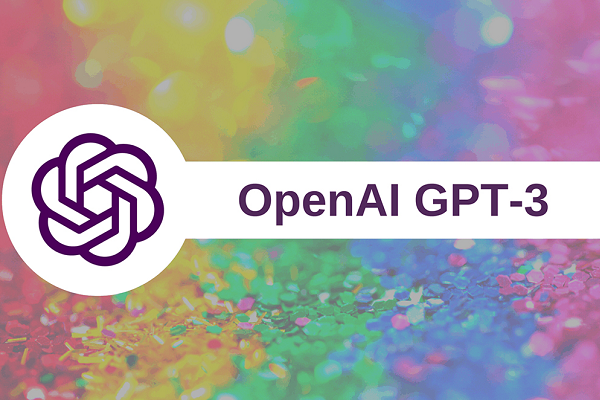OpenAI Drops GPT-3 API Prices As Enterprise Adoption Rises
 OpenAI has massively reduced the cost to use its GPT-3 API to as little as a third of the initial price, depending on the specific sub-model. The company shared that the new pricing plan goes into effect in September and could offer a lot of new companies a chance to use the language model for synthetic media, including writing and visual art.
OpenAI has massively reduced the cost to use its GPT-3 API to as little as a third of the initial price, depending on the specific sub-model. The company shared that the new pricing plan goes into effect in September and could offer a lot of new companies a chance to use the language model for synthetic media, including writing and visual art.
GPT-3 API
OpenAI runs GPT-3 as a commercial API, with prices based on how much it is used and which of the four variations of the model are embedded in the API. The four models are named Ada, Babbage, Curie, and Davinci, in order of power and price. OpenAI prices them by tokens, with a thousand tokens equating to around 750 words. Davinci, the most powerful, will also drop in price the most, from six cents to two cents per thousand tokens. The API is only licensed commercially at a much larger scale, but on an individual basis, the price point is very low except for the most modest of startups. The demand for AI media help with writing or visuals using OpenAI’s DALL-E tool has propelled plenty of investment and interest around GPT-3. AI business marketing copy startup Writer raised $21 million, Copy.ai raised $2.9 million for marketing copywriting based around GPT-3, while Compose.ai picked up $2.1 million for its own take on GPT-3-generated business writing tools.
The price may also reflect how competition has mushroomed for GPT-3 even as it has seen a boom in popularity. Large language model APIs, both commercial and open-source, have been launched by startups and tech giants alike in the last couple of years. The API system helps distribute the hardware and computing costs and makes advanced models cheaper and more available. The price shift is limited to the more basic versions of GPT-3, not the pre-trained models fine-tuned to specific purposes. OpenAI isn’t changing those prices, which means they will go from double the cost of the untrained models to between four and six times as expensive. That gap suggests the cheaper version is a way to attract new customers, while the real revenue stream is the fine-tuned option. That’s not even mentioning how Microsoft invested $1 billion to score an exclusive deal with OpenAI for enterprise versions of GPT-3 and has been expanding its use through its Azure platform.
Follow @voicebotai Follow @erichschwartz
AI Dungeon’s Synthetic Story and Pictures Released on Steam Gaming Platform
Microsoft Enhances Azure OpenAI Service and Widens Access to GPT-3 Models








